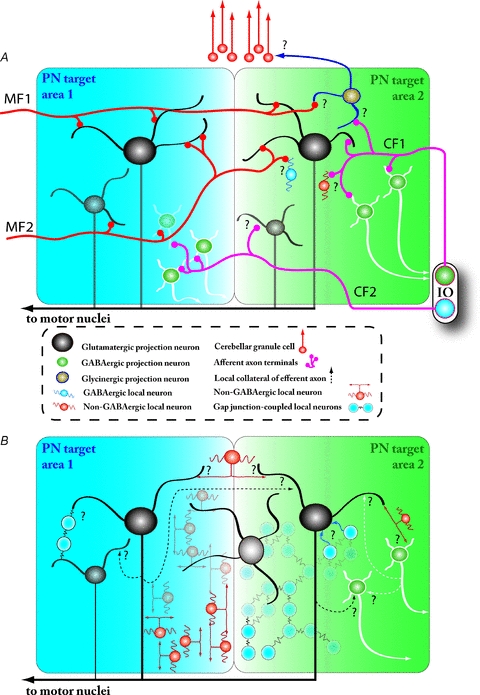Figure 4. Unknown synaptic organization of the CN within and between PN target areas.

A, afferent innervation in the CN by mossy fibre (MF; red) and climbing fibre (CF; pink) collaterals may differ in terms of target neuron types and divergence across PN target areas (represented by blue and green shaded areas). In general, the MF collaterals innervate CN neurons in much more widely spread regions of the CN than the CF collaterals; the MFs are explicitly known to cross several PN target fields and form synapses on at least glutamatergic (black) and GABAergic (green with white outline) projection neuron dendrites. CF collateral terminals have also been shown on both neuronal types. The afferent innervation of the various CN interneurons (blue, orange) or the glycinergic projection neurons (brown) projecting to presently unknown targets in the cerebellar granule cell layer remains unstudied. Also, it is not clear to what extent the MF and CF pathways converge on individual CN neurons. Question marks denote synaptic connections that have not been demonstrated. Intrinsic connectivity within the CN determines how neuronal ensembles are organized in this structure. All CN projection neuron types have local collaterals (dashed-line arrows), but the extent of their targets (whether they extend to neighbouring PN target areas or even to more distant CN areas) and the identities of their postsynaptic neurons are unknown. Synaptic communication between CN neurons and distinct CN areas may also be mediated via dedicated ‘bridging interneurons’ described by Chan-Palay (1973; orange interneuron at the top of the drawing) and other locally projecting neurons, some of which are known to be connected by gap junctions (blue cells on the right). The existence of interneuronal networks connected via chemical (orange cells in the background) or electrical (blue cells in the background) synapses may support the rapid spread of activity across CN and make region-wide synchronization possible.
